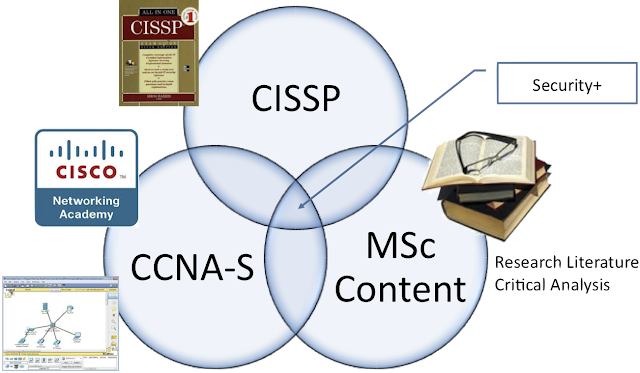Educating the IoT Generation

Sense Kit The Internet of Things (IoT) is fast becoming a reality with ever increasing numbers of network connected devices that have on board processing capabilities being integrated into everyday objects. Additionally, the rise of cloud computing platforms have moved more of our data into the network, practically removing limits on data storage and offering new ways of using this data. A few years ago, colleagues at the Open University set about re-imagining how computing should be taught in the face of this radical shift in computing technology. The result was called 'My Digital Life' (TU100) and I was lucky enough to join the OU in time to be able to contribute to this effort. In particular I worked on the design of a digital interface board and programming language that would allow students to gain hands on experience with the Internet of Things, building their own IoT devices in their very first foray into learning computing. We called this platform Sense - compri...





